Wallpaper was a popular choice for kitchen wall treatments in the 1950s, with its bold colors, playful patterns, and easy application. It was often used as a way to add a pop of color and personality to an otherwise plain kitchen. Many homeowners opted for wallpaper with retro designs such as bold geometric shapes, kitschy prints, or even playful food motifs like cherries or roosters. It was a simple yet effective way to bring the 50s vibe into the kitchen. Wallpaper
For those who preferred a more subtle look, paint was also a common choice for kitchen walls in the 50s. Pastel colors like mint green, powder blue, and soft pink were popular choices, as well as cream and white for a clean and timeless look. Some homeowners also opted for two-tone walls, with a neutral color on the bottom and a brighter color on top, adding a touch of visual interest to the space. Paint was a versatile option that allowed homeowners to easily change the look of their kitchen without breaking the bank. Paint
Tile was a popular choice for kitchen walls in the 50s, not only for its durability and easy maintenance but also for its aesthetic appeal. Ceramic tiles in bold colors like yellow, red, and blue were often used to create a retro look. Some homeowners also opted for mosaic tiles with playful designs or even custom-made tiles with their family name or a fun phrase. Tile was a great way to add a touch of personality to the kitchen while also being practical. Tile
Adding wainscoting to kitchen walls was a popular trend in the 50s. This decorative paneling was often made of wood and added to the lower half of the walls, giving the room a more elegant and sophisticated look. It was often painted in a neutral color like white or cream and paired with wallpaper or paint on the upper half of the walls. Wainscoting was a classic choice that added a touch of charm to 50s kitchens. Wainscoting
Beadboard was another type of decorative paneling that was commonly used in 50s kitchens. It was made of narrow wooden planks with a groove or bead in between, giving it a country or farmhouse feel. Beadboard was often painted in light colors like white or pastel blue and used on either the lower half or full walls. It was a charming addition to 50s kitchens and added a touch of texture to the space. Beadboard
Stenciling was a popular way to add a decorative touch to kitchen walls in the 50s. It involved using a stencil and paint to create a repeating pattern or design on the walls. This was often used in conjunction with other wall treatments like wallpaper or paint to add more visual interest to the space. Stenciling allowed homeowners to get creative and add their own personal touch to their kitchen walls. Stenciling
In the 50s, murals became a popular choice for kitchen wall treatments. These large-scale paintings were often inspired by nature, with scenes of floral or fruit motifs being the most common. Murals were a unique way to bring a touch of art and color into the kitchen, and many homeowners opted for custom-made murals that reflected their personal style. Murals
Another way to add a touch of art to 50s kitchen walls was through the use of vintage posters. These were often advertisements or movie posters from the 50s, adding a touch of nostalgia to the space. They were often framed and hung on the walls, adding a pop of color and personality to the kitchen. Vintage posters were a fun and unique way to decorate kitchen walls in the 50s. Vintage Posters
In addition to being used as a wall treatment, ceramic tiles were also commonly used as a backsplash in 50s kitchens. This not only added a pop of color and pattern to the space but also protected the walls from splatters and spills. Ceramic backsplashes often featured fun designs such as checkerboard, fruit, or floral motifs, adding a touch of retro charm to the kitchen. Ceramic Backsplash
For a more temporary and budget-friendly option, vinyl decals were a popular choice for kitchen walls in the 50s. These were decorative stickers that could be easily applied and removed, allowing homeowners to change up the look of their kitchen walls whenever they wanted. Vinyl decals often featured fun and quirky designs such as atomic or space-age motifs, adding a touch of playfulness to the space. Vinyl Decals
Why 50s Kitchen Wall Treatments are Making a Comeback in Modern House Design

The Nostalgic Appeal of 50s Kitchen Wall Treatments
 When it comes to house design, there's something undeniably charming about incorporating elements from past eras. One trend that is gaining popularity once again is the use of 50s kitchen wall treatments. From bold colors to playful patterns, these retro designs add a touch of nostalgia to any kitchen.
50s kitchen wall treatments
often feature vibrant hues, such as bright reds, yellows, and blues. These colors were a reflection of the optimism and prosperity of the post-war era. They also add a fun and energetic vibe to the space, making it a perfect choice for those who want a lively and welcoming kitchen.
When it comes to house design, there's something undeniably charming about incorporating elements from past eras. One trend that is gaining popularity once again is the use of 50s kitchen wall treatments. From bold colors to playful patterns, these retro designs add a touch of nostalgia to any kitchen.
50s kitchen wall treatments
often feature vibrant hues, such as bright reds, yellows, and blues. These colors were a reflection of the optimism and prosperity of the post-war era. They also add a fun and energetic vibe to the space, making it a perfect choice for those who want a lively and welcoming kitchen.
Bringing Personality and Character to Your Kitchen
 In modern house design, the kitchen is no longer just a functional space for cooking and eating. It has become a gathering place for family and friends, and therefore it should reflect your personal style and personality. This is where
50s kitchen wall treatments
come in, as they offer a unique and eye-catching way to add character to your kitchen.
Whether you choose to go all out with a retro-themed kitchen or simply add a few accents, such as a vintage-inspired wallpaper or a bold colored backsplash, these
kitchen wall treatments
will make a statement and add a touch of personality to your space.
In modern house design, the kitchen is no longer just a functional space for cooking and eating. It has become a gathering place for family and friends, and therefore it should reflect your personal style and personality. This is where
50s kitchen wall treatments
come in, as they offer a unique and eye-catching way to add character to your kitchen.
Whether you choose to go all out with a retro-themed kitchen or simply add a few accents, such as a vintage-inspired wallpaper or a bold colored backsplash, these
kitchen wall treatments
will make a statement and add a touch of personality to your space.
A Timeless and Versatile Design Choice
 Another reason why
50s kitchen wall treatments
are making a comeback is their timeless appeal. While they may have originated in the 1950s, these designs have stood the test of time and continue to be relevant in modern house design. They can also be easily incorporated into various styles, from traditional to contemporary, making them a versatile choice for any kitchen.
In addition,
50s kitchen wall treatments
can also be budget-friendly. With the rise of peel-and-stick wallpaper and vinyl flooring, it's easier than ever to achieve a retro look without breaking the bank.
In conclusion,
50s kitchen wall treatments
offer a perfect blend of nostalgia, personality, and versatility to modern house design. So why not bring a touch of the past into your kitchen and create a space that is truly unique and inviting?
Another reason why
50s kitchen wall treatments
are making a comeback is their timeless appeal. While they may have originated in the 1950s, these designs have stood the test of time and continue to be relevant in modern house design. They can also be easily incorporated into various styles, from traditional to contemporary, making them a versatile choice for any kitchen.
In addition,
50s kitchen wall treatments
can also be budget-friendly. With the rise of peel-and-stick wallpaper and vinyl flooring, it's easier than ever to achieve a retro look without breaking the bank.
In conclusion,
50s kitchen wall treatments
offer a perfect blend of nostalgia, personality, and versatility to modern house design. So why not bring a touch of the past into your kitchen and create a space that is truly unique and inviting?


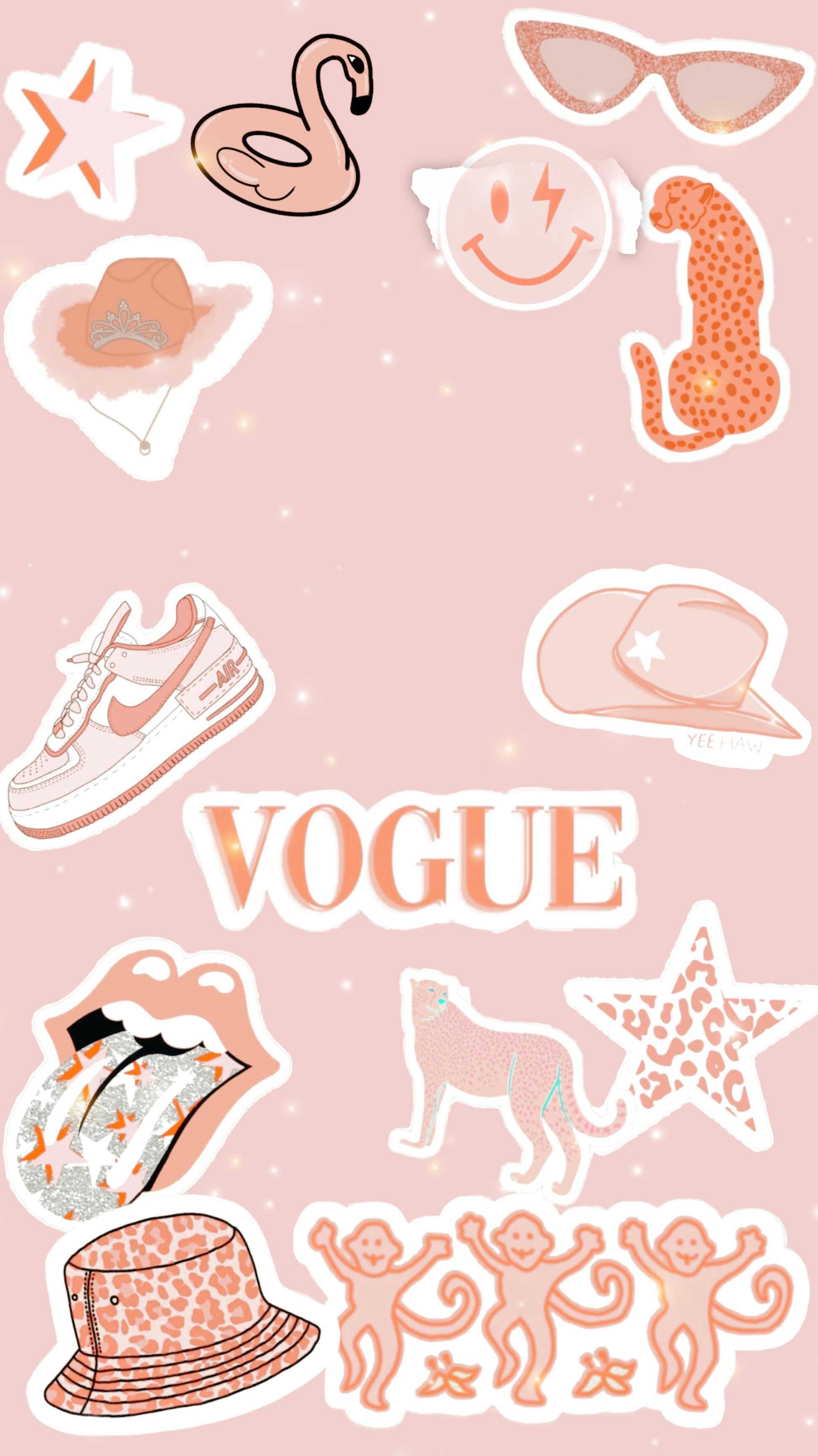











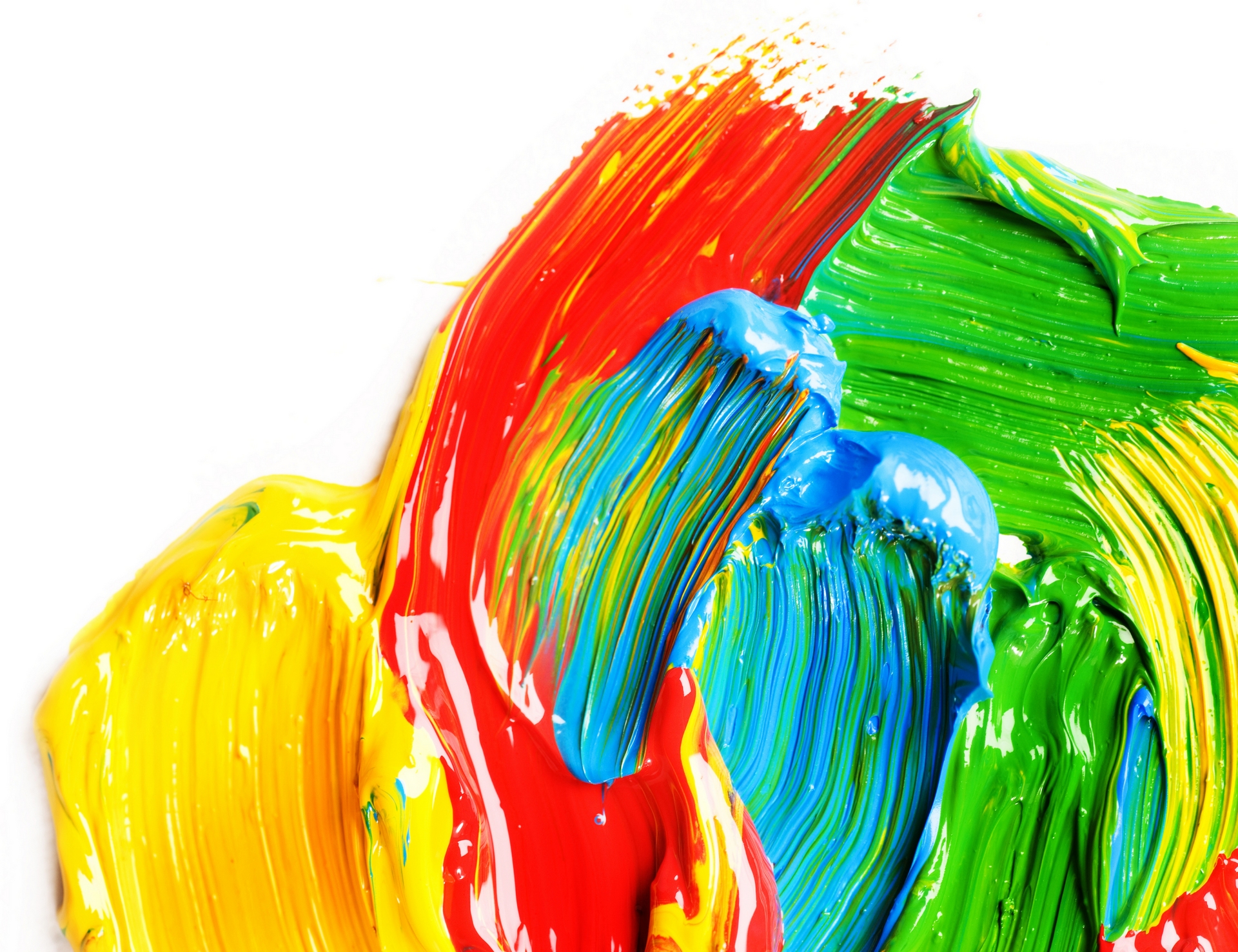





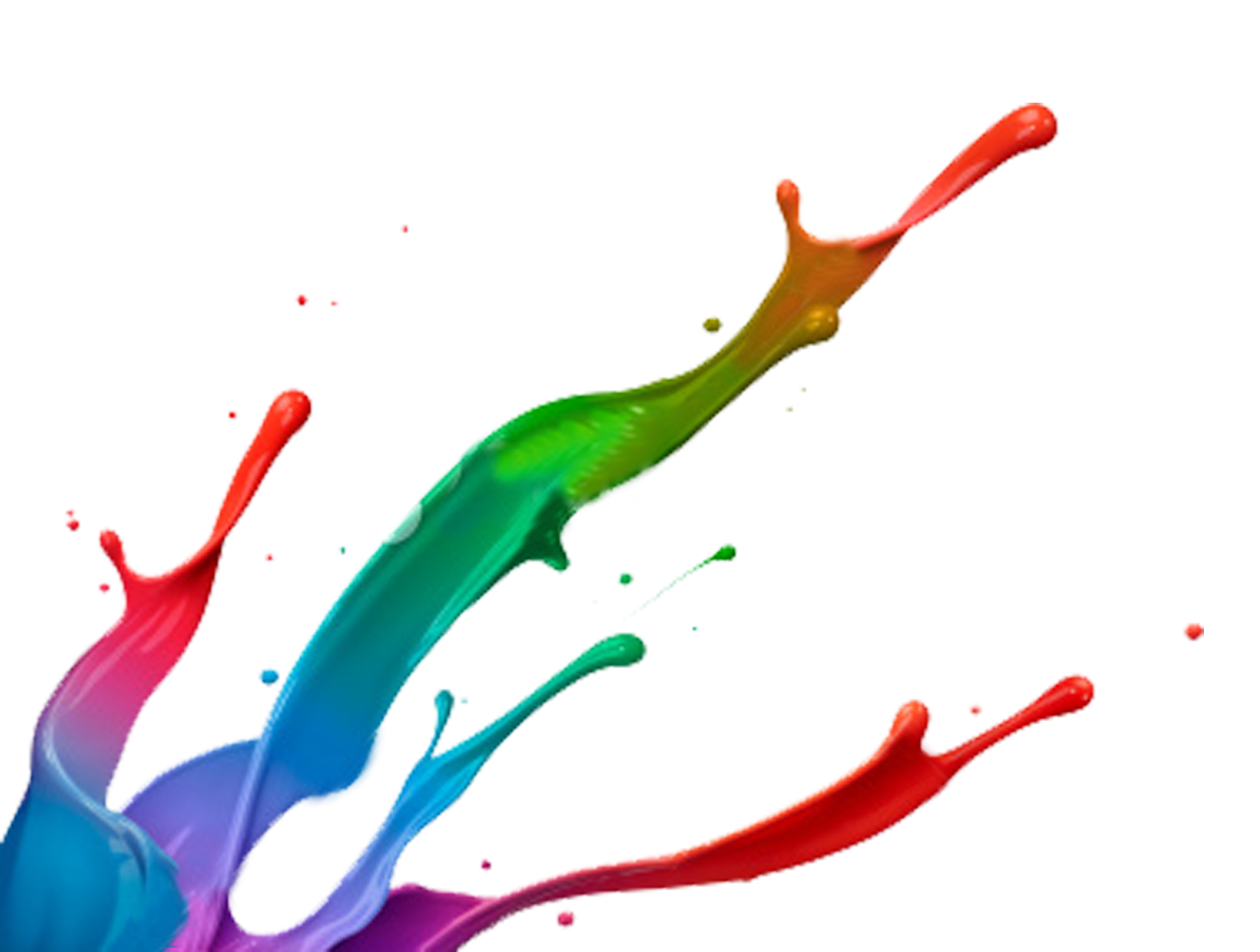


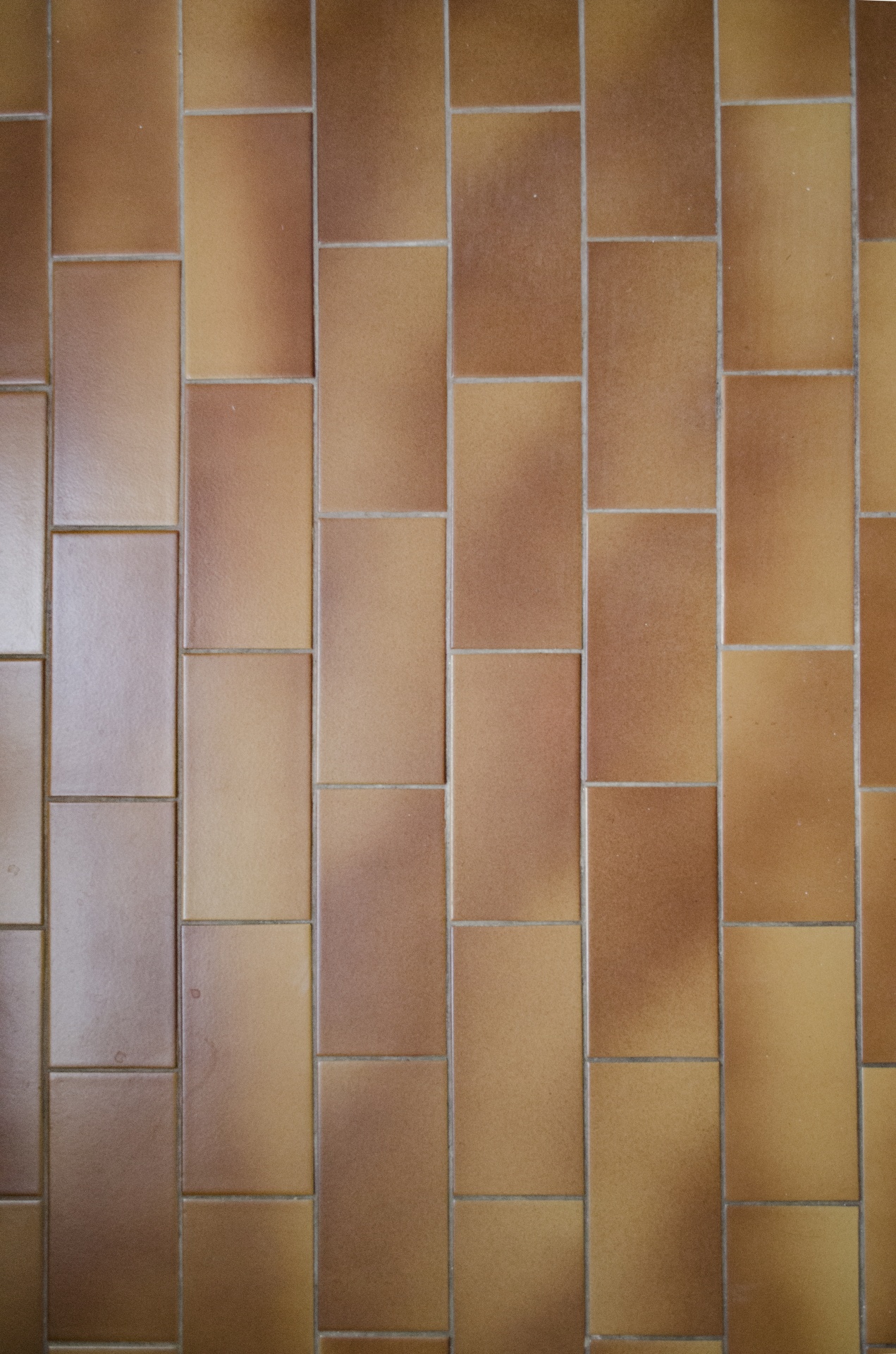





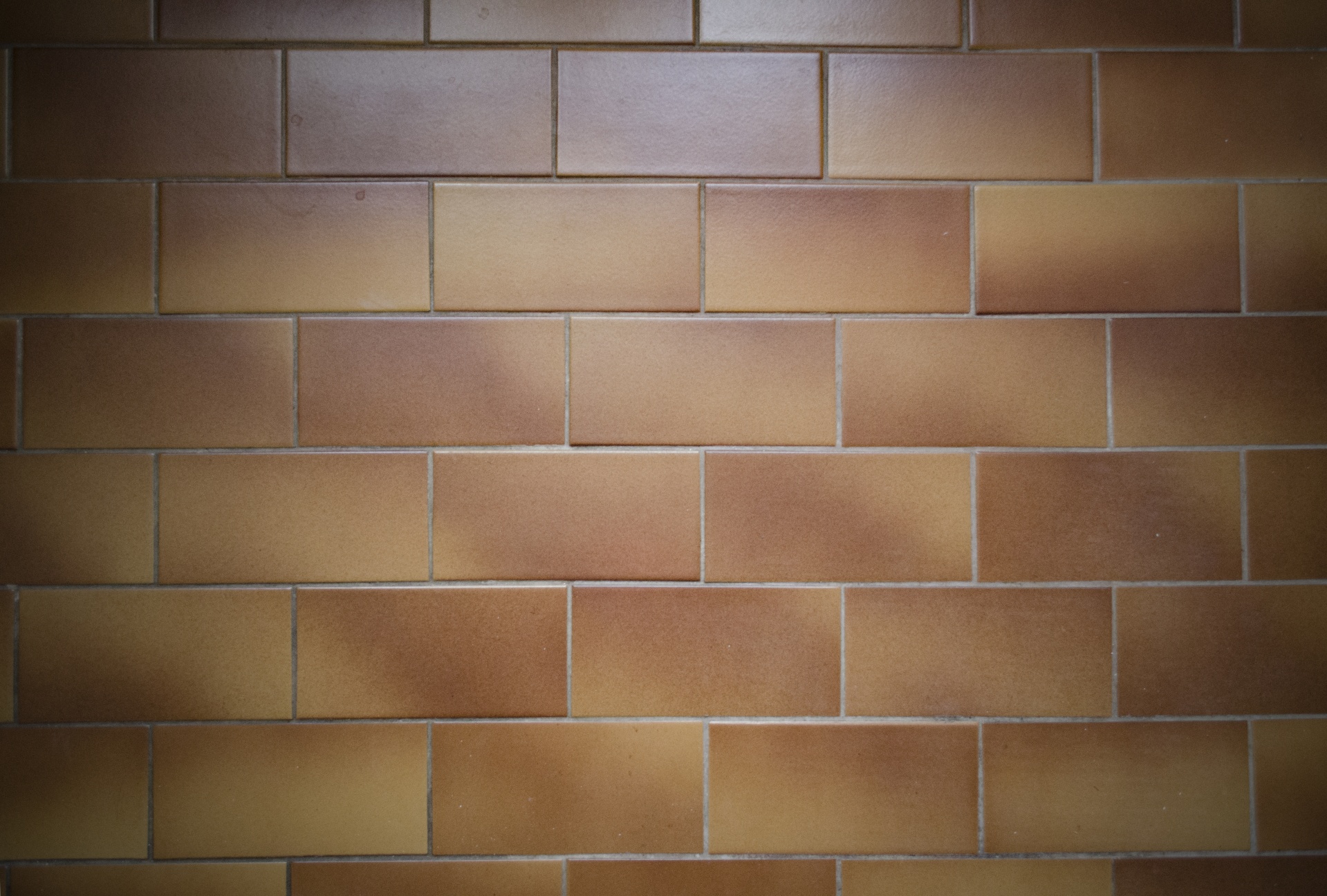
:max_bytes(150000):strip_icc()/quarry-tiles-139678125-5a983146fa6bcc00376b7b8b.jpg)


















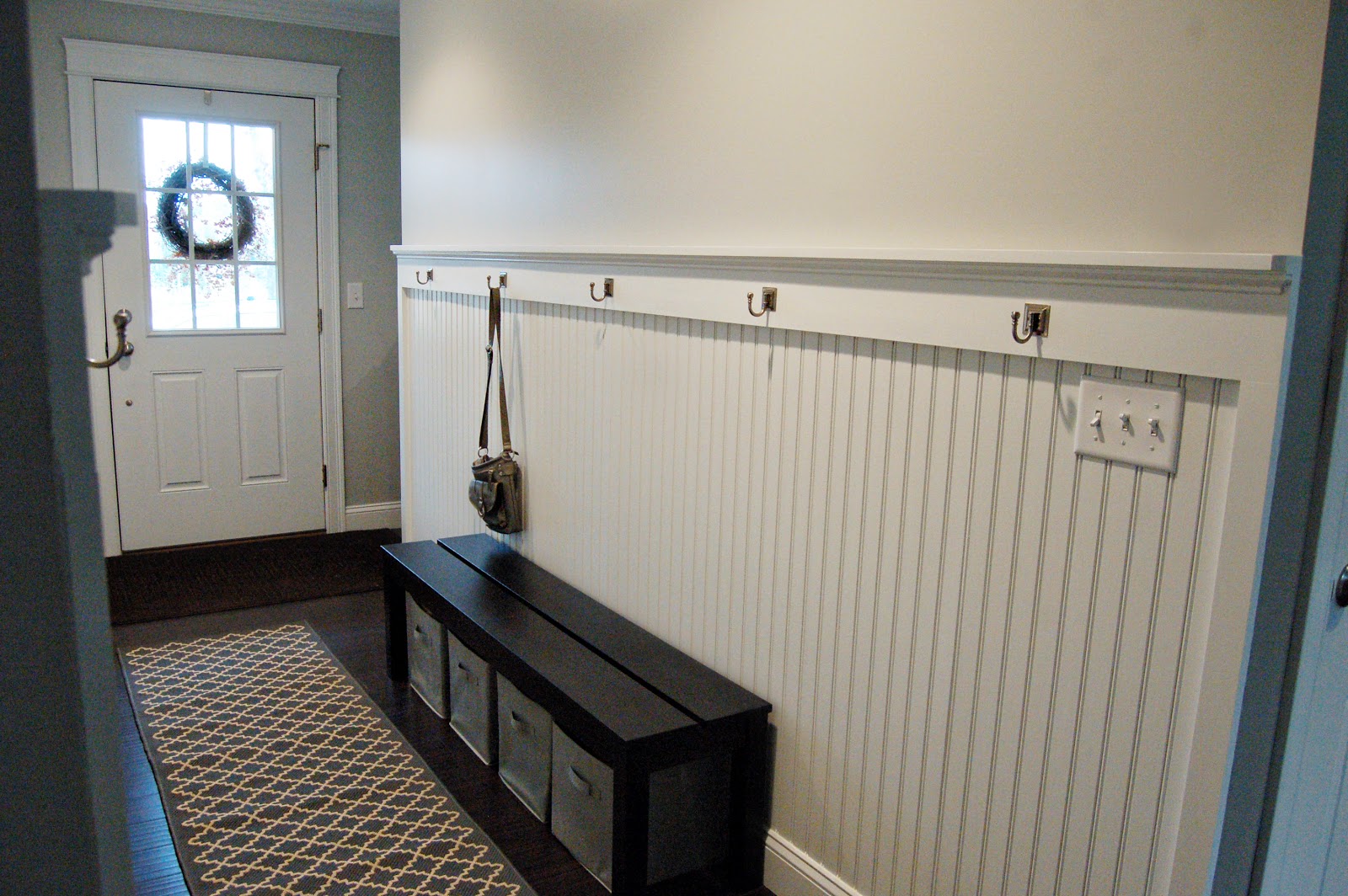


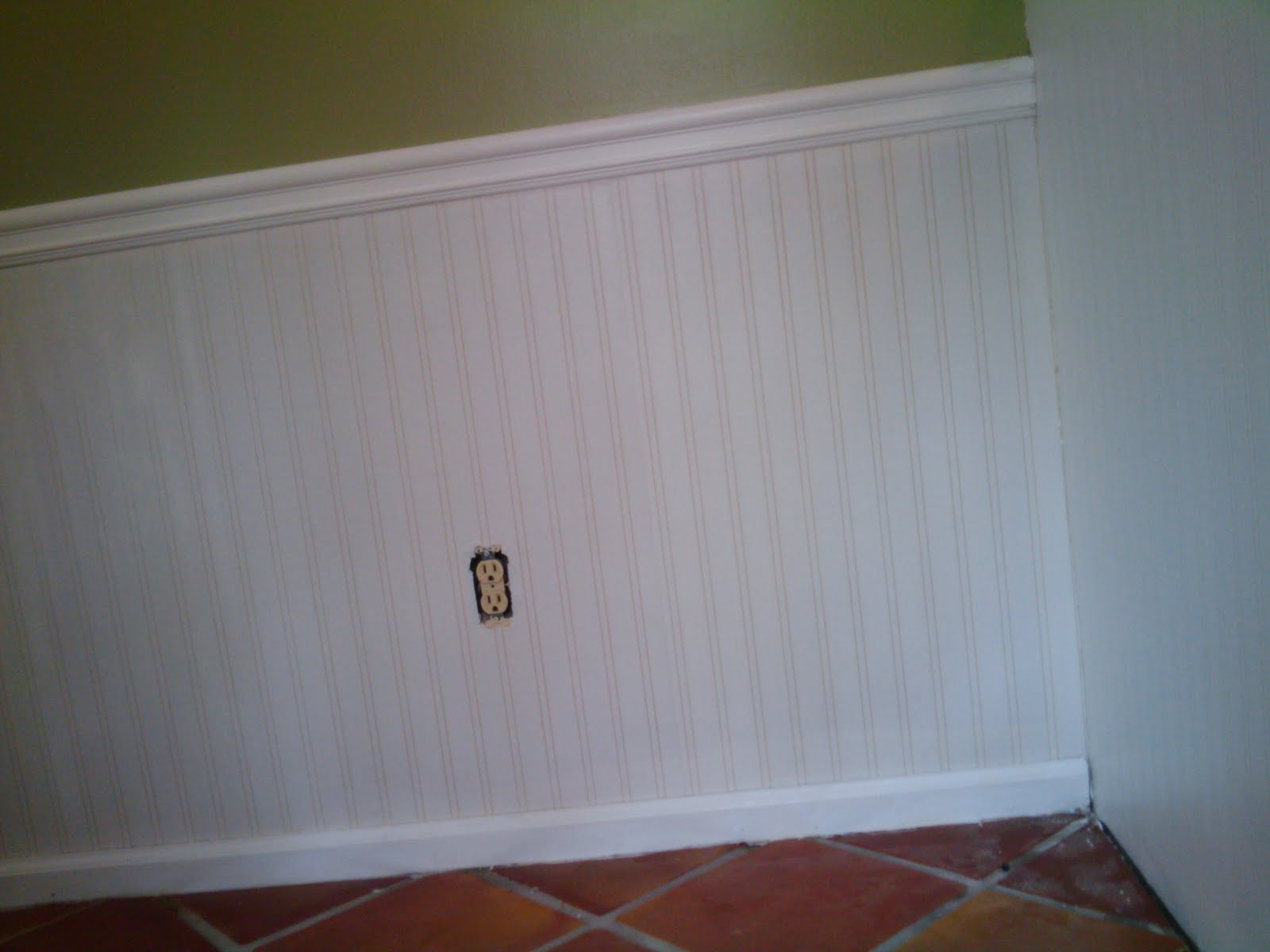



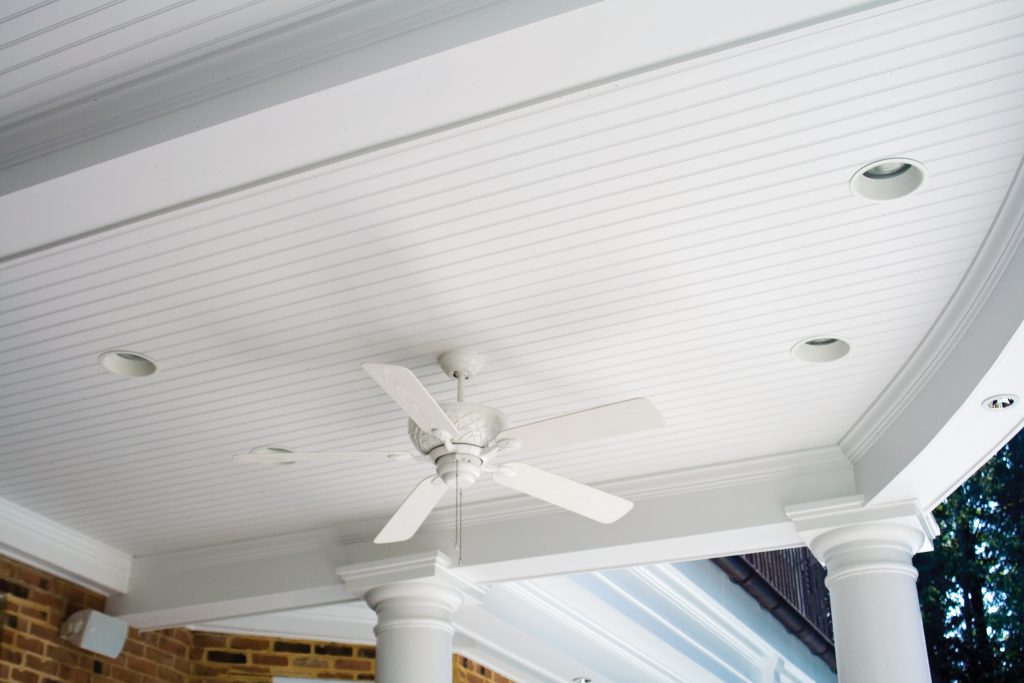




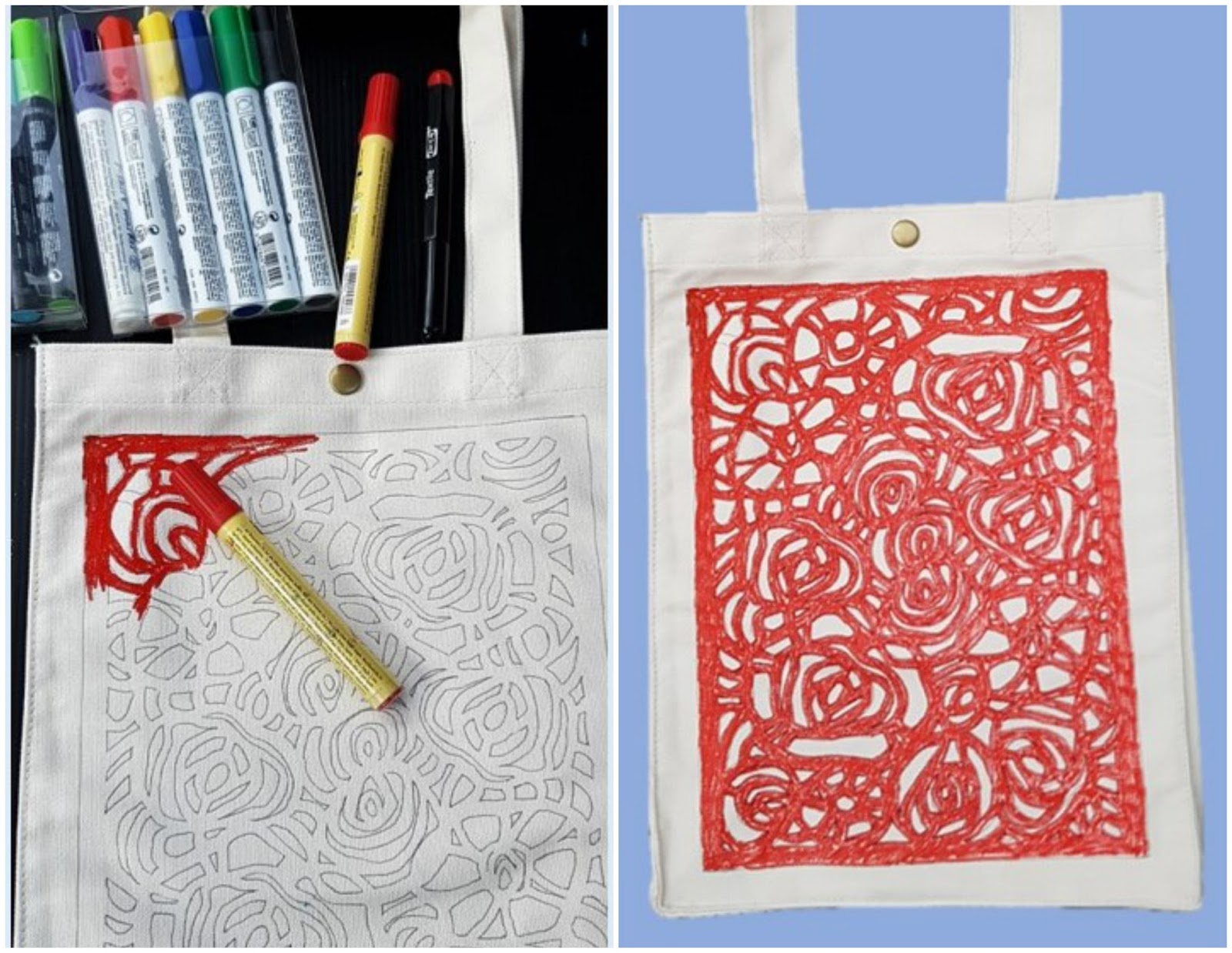




/stencilontable-5c5208e5c9e77c0001d76491.jpg)







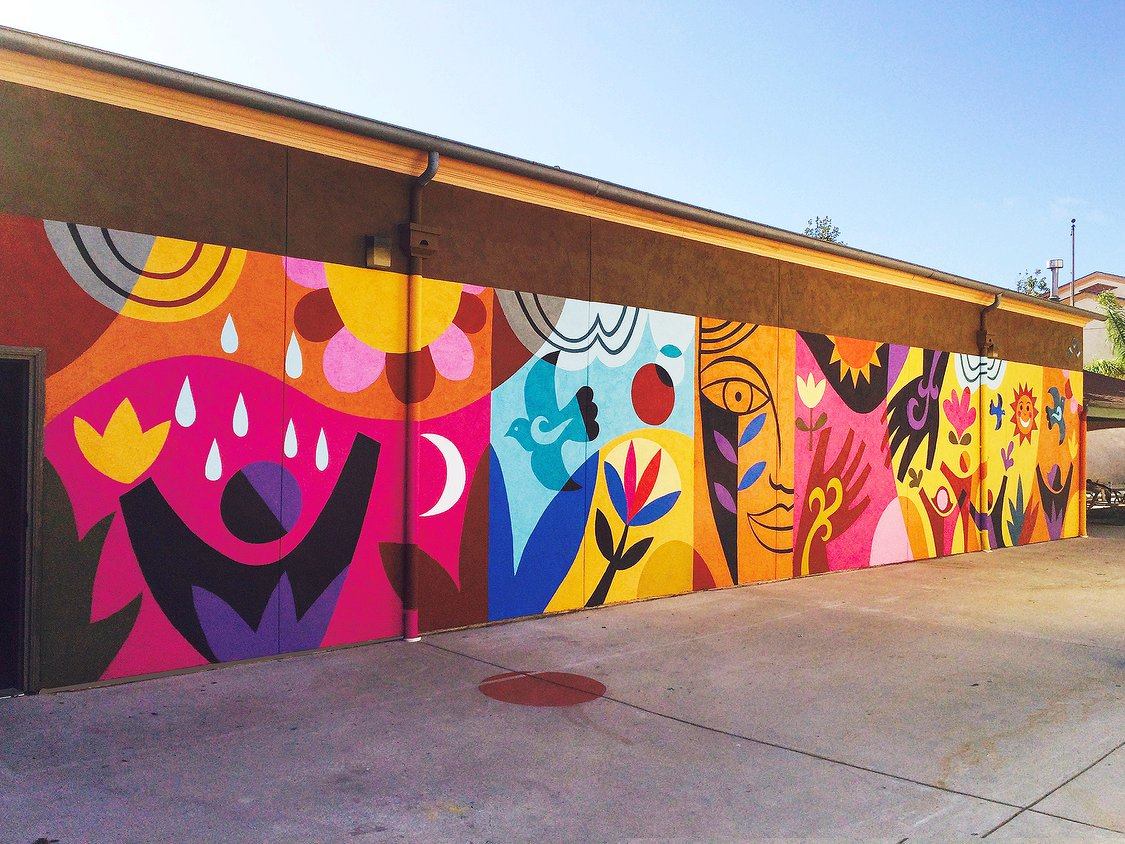
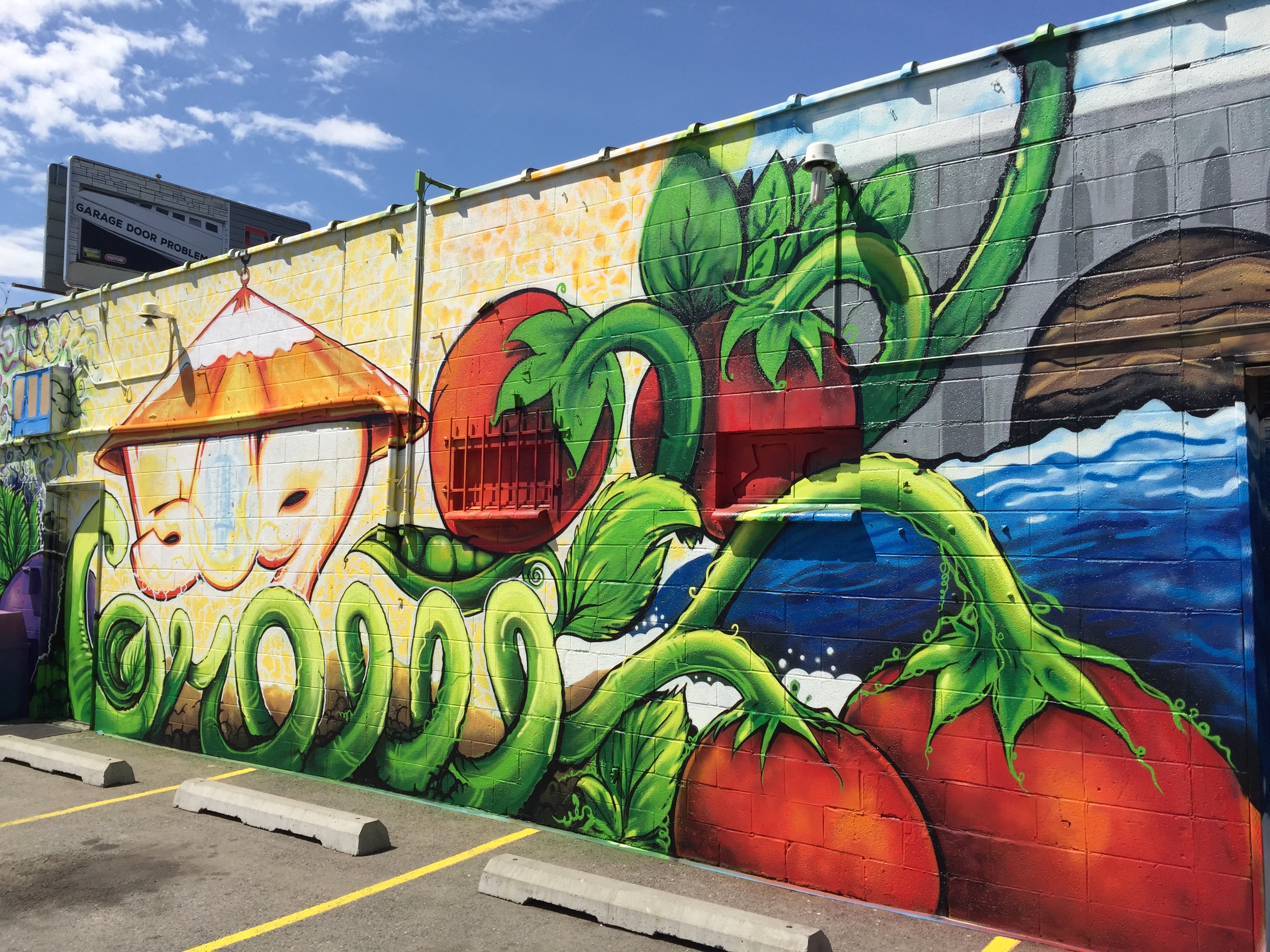





















:max_bytes(150000):strip_icc()/GettyImages-113860134-5a04b6efb39d03003718c8a8.jpg)

























